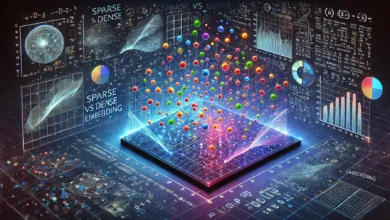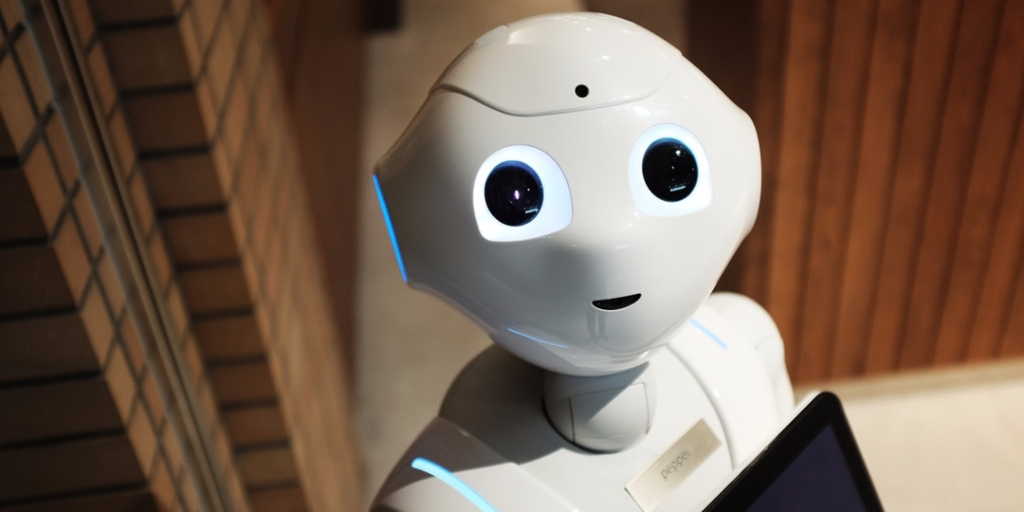What is a Multimodal LLM?
Introduction
Large Language Models (LLMs) have rapidly evolved, demonstrating remarkable capabilities in understanding and generating human-like text. However, the world is not solely comprised of text. Images, videos, and audio carry invaluable information that remains untapped by traditional LLMs. This is where Multimodal LLMs step in, offering a groundbreaking approach to artificial intelligence by processing and understanding multiple forms of data simultaneously.
What is an LLM?
A Large Language Model (LLM) is a type of artificial intelligence that is trained on massive amounts of text data. These models are capable of generating human-quality text, translating languages, writing different kinds of creative content, and answering your questions in an informative way. Essentially, LLMs are designed to understand and process information presented in text format.
What is Multimodality?
Multimodality refers to the ability to process and understand information from multiple sources or formats. In the context of AI, it encompasses the capacity to handle various data types such as text, images, audio, and video. Multimodal systems can integrate information from these different modalities to provide more comprehensive and nuanced understanding.
What is a Multimodal LLM?
A Multimodal LLM (MLLM) is an advanced AI model that combines the strengths of traditional LLMs with the ability to process and understand multiple forms of data. These models are trained on vast datasets containing text, images, and potentially other modalities, allowing them to establish connections between different types of information. As a result, MLLMs can perform tasks that require a deep understanding of the world, such as image captioning, visual question answering, video understanding, and more.
Examples of Multimodal LLMs
Several cutting-edge MLLMs have emerged in recent years, showcasing the potential of this technology:
- GPT-4 Vision: An extension of OpenAI’s GPT-4, this model can process and generate text based on images, enabling tasks like image description, visual question answering, and image-based text generation.
- DALL-E 2: While primarily known for image generation, DALL-E 2 also demonstrates multimodal capabilities by understanding and generating text descriptions of images.
- Muse-L3: This model excels at tasks related to music and text, such as generating music based on text descriptions or vice versa.
Applications of Multimodal LLMs
The applications of MLLMs are vast and span across various industries:
- Content Creation: Generating creative content, such as stories, poems, or scripts, based on image or audio prompts.
- Education: Developing interactive learning experiences that combine text, images, and videos to enhance student engagement.
- Healthcare: Analyzing medical images, such as X-rays or MRIs, to assist in diagnosis and treatment planning.
- Customer Service: Providing enhanced customer support through understanding and responding to customer queries that include text, images, or voice.
- Accessibility: Creating tools for people with disabilities, such as image description for visually impaired individuals or speech-to-text for those with speech impairments.
- Entertainment: Developing immersive gaming experiences, virtual reality applications, and interactive storytelling.
Multimodal LLMs represent a significant leap forward in artificial intelligence, unlocking new possibilities for human-computer interaction and problem-solving. As research and development continue to advance, we can expect even more groundbreaking applications to emerge in the future.




